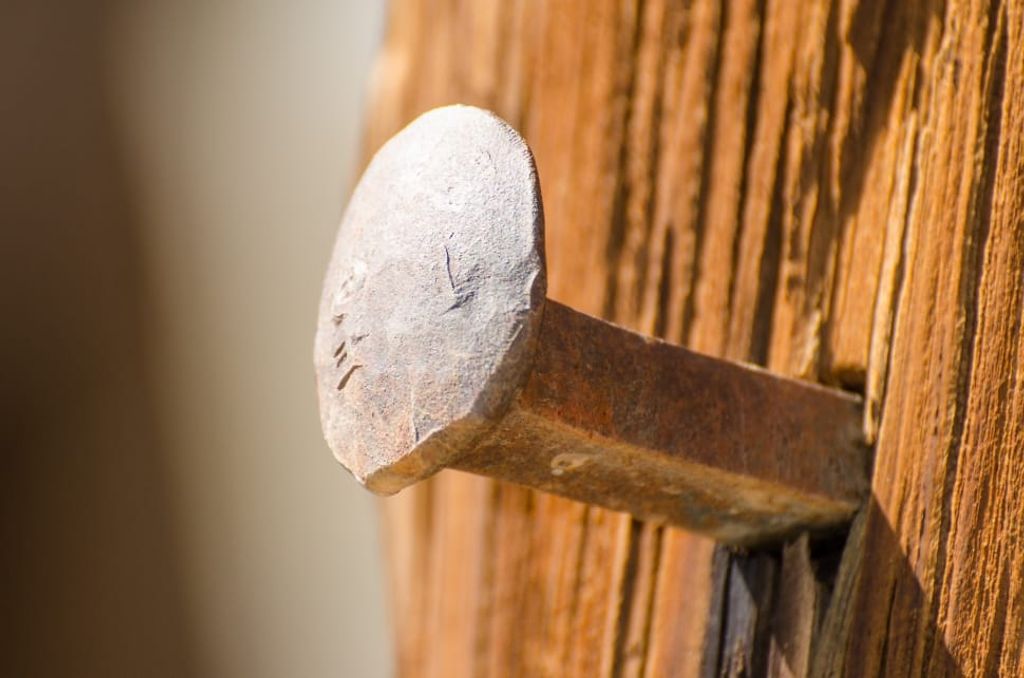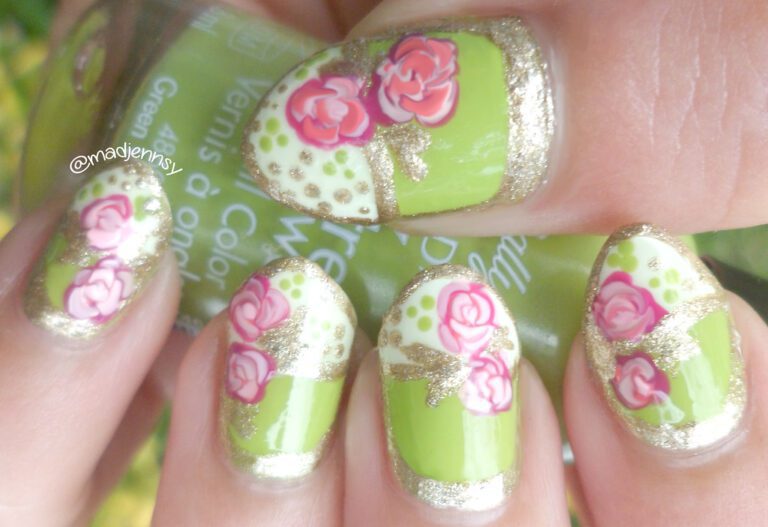“Nail Invasion: Will Nails Hurt Trees?”
Nails are commonly used for various purposes, including attaching objects to trees. However, the impact of nails on tree health and stability is a topic of concern. In this article, we explore the potential risks of nailing into trees, the best practices for minimizing harm, and the legal and ethical considerations surrounding tree stewardship. Additionally, we delve into case studies that highlight the historical and cultural contexts of nails in trees.
Key Takeaways
- Nails can cause long-term damage to tree health and stability.
- Factors such as nail size, placement, and tree species influence the severity of nail damage.
- Alternative methods, such as straps and cables, are safer options for attaching objects to trees.
- Regulations surrounding tree mutilation vary by location and should be carefully considered.
- Cultural practices and historical uses of nails in trees provide valuable insights into the significance of this issue.
Understanding Tree Biology and Wound Response

The Anatomy of a Tree
To understand the potential impact of nails on trees, it’s essential to first grasp the basic anatomy of these living organisms. A tree is fundamentally comprised of three main parts: the roots, the trunk, and the crown. The roots anchor the tree to the ground and absorb water and nutrients from the soil. Above ground, the trunk serves as the main support structure and conduit for transporting water and nutrients between the roots and leaves. The crown, consisting of branches and leaves, is where photosynthesis occurs, enabling the tree to grow and thrive.
Each part of the tree plays a critical role in its overall health and functionality. The trunk, in particular, is not just a static support but a dynamic organ. It houses the vascular system, which includes the xylem and phloem, responsible for the upward and downward movement of essential substances. The bark, which is the tree’s protective outer layer, shields it from environmental threats and injury.
Damage to any of these components can have significant repercussions. For instance, when a nail is driven into a tree, it can disrupt the vascular system and create a pathway for pests and diseases. Understanding this intricate structure is crucial when assessing the severity of any inflicted damage.
How Trees Heal and Compartmentalize Damage
Trees possess a remarkable ability to heal from injuries, such as those caused by nails. When the bark and underlying tissues are damaged, a tree responds by initiating a process known as compartmentalization. This natural defense mechanism involves the formation of specialized barriers that limit the spread of decay and pathogens.
The compartmentalization process can be broken down into four distinct steps:
- Formation of a chemical barrier to inhibit the growth of invading organisms.
- Development of new wood around the wound to seal off the damaged area.
- Production of specialized cells to create a physical barrier.
- Over time, the wound may become covered by new bark, further protecting the tree.
Tip: To support a tree’s healing process, avoid further wounding and ensure proper care and maintenance.
While trees are resilient, the healing process is not instantaneous and can be impacted by various factors such as the tree’s age, health, and environmental conditions. It’s crucial to understand that any breach in the tree’s defenses, such as a nail, can potentially introduce disease or weaken the tree’s structure.
The Impact of Nails on Tree Health

Potential Risks of Nailing into Trees
When considering the addition of nails or screws to a tree, it’s crucial to understand the potential risks involved. Nailing into trees can compromise their health and integrity in several ways. Firstly, puncturing the bark creates an entry point for pathogens and pests, which can lead to infections and infestations. Over time, these can weaken the tree and make it more susceptible to diseases.
Trees have a natural defense mechanism to compartmentalize and seal off wounds, but excessive or large nails can disrupt this process, hindering the tree’s ability to heal. This can result in long-term damage to the tree’s vital systems, including the xylem and phloem, which are essential for water and nutrient transport.
It is important to note that while a single nail may not cause significant harm, the cumulative effect of multiple nails or repeated nailing can be detrimental. The following list outlines some of the key concerns:
- Disruption of nutrient and water flow
- Increased vulnerability to environmental stress
- Structural weakness, potentially leading to breakage
- Aesthetic damage, affecting the tree’s appearance
Tip: Always consider the long-term health of the tree before deciding to use it as a support for decorations or structures.
Long-Term Effects on Growth and Stability
When a nail is driven into a tree, it can have lasting implications on the tree’s growth and structural stability. Over time, the wound caused by the nail may be compartmentalized, but the presence of the foreign object can disrupt the natural growth patterns of the tree. This disruption can lead to an uneven distribution of weight, potentially causing the tree to become unbalanced and more susceptible to windthrow.
Trees have a remarkable ability to adapt to minor injuries, but repeated nailing or the insertion of multiple nails can compound the stress on the tree’s structure. This can exacerbate the risk of decay and disease, as each wound provides an entry point for pathogens. The long-term health of the tree is contingent on its ability to seal off these wounds and prevent the spread of decay within its system.
Factors such as the size and location of the nail, the tree species, and the environmental conditions all play a role in determining the severity of the impact. It is crucial to consider these factors before deciding to attach anything to a tree. If attachment is necessary, exploring less invasive methods is advisable.
Tip: Always assess the necessity of nailing into a tree and explore alternative methods that could prevent potential damage to the tree’s health and stability.
Assessing the Severity of Nail Damage

Factors Influencing the Impact of Nails
The severity of damage caused by nails in trees can vary widely, influenced by several key factors. One of the most critical is the size and number of nails used. Larger nails create bigger wounds that are more difficult for the tree to seal over and may disrupt the flow of nutrients more significantly than smaller nails.
Species and age of the tree also play a vital role. Some trees have a higher resilience and can compartmentalize wounds more effectively, while others may be more susceptible to infection and decay. Younger trees, with their faster growth rates, can often heal more quickly than mature trees, which may already be under stress from environmental factors.
The location of the nail insertion is another important consideration. Nails driven near the base of the tree or through the root system can cause more harm than those placed higher up the trunk or on the branches. This is because the base of the tree is critical for nutrient and water uptake.
Tip: When attaching objects to trees, consider the long-term health of the tree and aim to minimize the number of nails used, as well as their size and placement.
Signs of Distress in Nailed Trees
When a tree is subjected to the stress of nailing, it may exhibit various signs of distress. These indicators are critical for arborists and tree caretakers to recognize in order to assess the severity of the damage and to take appropriate action.
One of the most apparent signs is the presence of sap oozing from the wound, which is a tree’s natural response to injury. Additionally, discoloration or dieback of foliage, especially near the site of the nail, can suggest that the tree is struggling to cope with the damage. It’s also important to look for signs of infection, such as fungal growth or an unusual amount of insect activity around the wound.
Visual inspection of the tree’s overall health is essential. Here is a list of signs that may indicate distress in nailed trees:
- Oozing of sap
- Discoloration or dieback of foliage
- Fungal growth or decay
- Increased insect activity
- Cracks or splits near the nail site
- Slowed growth or reduced vigor
Tip: Regular monitoring of nailed trees can help detect early signs of distress, allowing for timely intervention to mitigate further damage.
Best Practices for Minimizing Harm

Alternatives to Nailing
When considering the attachment of objects to trees, it’s crucial to explore alternatives to nailing that minimize harm to the tree’s structure and health. One such alternative is the use of adjustable tree straps, which allow for secure attachment while providing the flexibility for the tree to grow. Straps should be made of a soft, non-abrasive material to prevent damage to the bark.
Another method is employing a free-standing support system that entirely bypasses the need for direct attachment to the tree. This could be a structure that surrounds the tree without actually touching it, thus eliminating any risk of puncture wounds.
Tree hangers are also a viable option, designed to loop over branches, they can support bird feeders, lanterns, or other decorations without penetrating the tree’s surface. Lastly, consider magnetic systems for temporary decorations, which use strong magnets to hold items in place without any physical intrusion into the tree’s bark.
Tip: Always assess the weight and size of the object you wish to attach to the tree and choose an alternative method that can safely support it without causing stress or damage to the tree.
Safest Methods for Attaching Objects to Trees
When considering the attachment of objects to trees, it is crucial to prioritize methods that minimize harm and allow for the tree’s natural growth and healing processes. One of the safest methods is the use of tree straps or soft ropes that distribute weight evenly and reduce the risk of cutting into the bark. These materials should be checked regularly and adjusted to prevent girdling as the tree grows.
Tree-friendly hardware, such as bolted systems specifically designed for trees, can also be a viable option. These systems often involve a single, small-diameter bolt that supports a larger structure without inflicting significant damage. It is important to consult with an arborist to determine the appropriate hardware and installation technique for your specific tree species and size.
Tip: Always avoid placing multiple nails or screws into a tree, as this can create numerous entry points for pathogens and increase the likelihood of disease and decay.
Remember, the goal is to achieve a balance between human use and the health of the tree. By choosing the right materials and methods, we can enjoy the benefits of trees without compromising their well-being.
Legal and Ethical Considerations

Regulations Surrounding Tree Mutilation
The legal framework governing the treatment of trees varies by region, but a common thread is the recognition of trees as valuable community assets. Many jurisdictions have enacted laws to protect trees from mutilation, which often includes the act of nailing into them. For instance, certain municipal codes explicitly prohibit the mutilation of street trees, encompassing any action that may harm or disfigure them.
Violations of these regulations can result in significant fines or legal action. It is crucial for individuals and organizations to be aware of and comply with local tree protection ordinances to avoid legal repercussions. Below is a list of common prohibitions found in tree protection laws:
- Damaging or removing tree bark
- Attaching objects to trees using nails or screws
- Pruning without proper authorization
- Unauthorized removal of trees
Tip: Always consult with local authorities or a certified arborist before performing any action that could impact a tree’s health or legal status.
The Responsibility of Tree Stewardship
The concept of tree stewardship extends beyond mere maintenance; it embodies a holistic approach to the care and preservation of our arboreal companions. As stewards, we are entrusted with the well-being of trees, ensuring their health and longevity for future generations. This responsibility is not to be taken lightly, as our actions—or inactions—can have lasting impacts on the urban canopy and, by extension, the broader ecosystem.
- Recognize the importance of trees in the urban landscape
- Educate oneself and others about tree care and preservation
- Advocate for policies that protect and enhance urban forests
Tip: Always consult with arboricultural experts before undertaking any activity that could affect tree health, such as attaching objects or performing maintenance.
By embracing the role of tree stewards, we not only contribute to the aesthetic and environmental quality of our neighborhoods but also engage in a form of active citizenship. It is through informed decision-making and proactive care that we can safeguard the silent giants that grace our streets and backyards.
Case Studies: Nails in Historical and Cultural Contexts

Historical Uses of Nails in Trees
Throughout history, nails have served not just as simple fasteners but also as markers of significant events and practices. In many cultures, trees were often considered sacred, and the act of driving a nail into a tree was imbued with ritualistic meaning. For instance, wish trees in the British Isles involved the hammering of coins into trees as a form of offering for good fortune or healing.
The use of nails in trees was not limited to spiritual practices. In rural areas, trees served as natural notice boards where community announcements or ownership marks were nailed onto the bark. This practice, while practical, was not without consequence for the tree’s health. Over time, the accumulation of nails and other metal objects could lead to a condition known as hardware disease, affecting the tree’s growth and structural integrity.
It is important to consider that the historical context of nailing into trees differs greatly from modern perspectives on tree care and conservation. While the intentions behind these ancient practices were often respectful or utilitarian, today we understand the potential harm such actions can cause to living trees.
Cultural Significance and Practices
Throughout history, the practice of driving nails into trees has held various cultural significances. In some traditions, trees are considered sacred entities, and the act of nailing objects to them can be a form of votive offering or a way to mark a significant event. For instance, wish trees are a common sight in many cultures, where individuals hammer coins or nails into the bark as a symbol of their hopes and desires.
In other contexts, nails may be used in ritualistic practices to harness the tree’s perceived spiritual energy. This is often seen in ceremonies that involve binding or sealing intentions. However, it is crucial to recognize that while these practices are rich in cultural heritage, they can inadvertently cause harm to the tree’s health.
- Wish trees
- Ritualistic practices
- Votive offerings
Tip: When engaging in cultural practices that involve trees, consider the long-term health of the tree and seek alternative methods that do not damage the bark or cambium layer.
In this article, we delve into the fascinating world of nail art and its historical and cultural significance. From ancient civilizations to modern trends, nails have played a significant role in self-expression and beauty. At NAILinspire.com, we are dedicated to preserving the art of nail design and celebrating its rich heritage. Explore our extensive library of nail art designs and be inspired to create your own masterpiece.
Frequently Asked Questions
Can nailing into trees harm them?
Yes, nailing into trees can cause damage to the tree’s vascular system and lead to long-term health issues.
What are the signs of distress in a tree that has been nailed into?
Signs of distress may include wilting, yellowing leaves, dieback, and reduced growth.
Are there alternatives to nailing objects to trees?
Yes, there are alternative methods such as using straps, brackets, or other non-invasive attachment techniques.
Do regulations exist regarding nailing into trees?
Many regions have regulations that protect trees from unnecessary or harmful damage, including restrictions on nailing into trees.
How can I attach objects to trees without causing harm?
The safest methods for attaching objects to trees include using non-penetrating attachments, such as straps or cables, and consulting with an arborist for guidance.
What are the historical uses of nails in trees?
Historically, nails were used for various purposes such as marking boundaries, securing signs, and attaching objects in cultural and religious practices.







